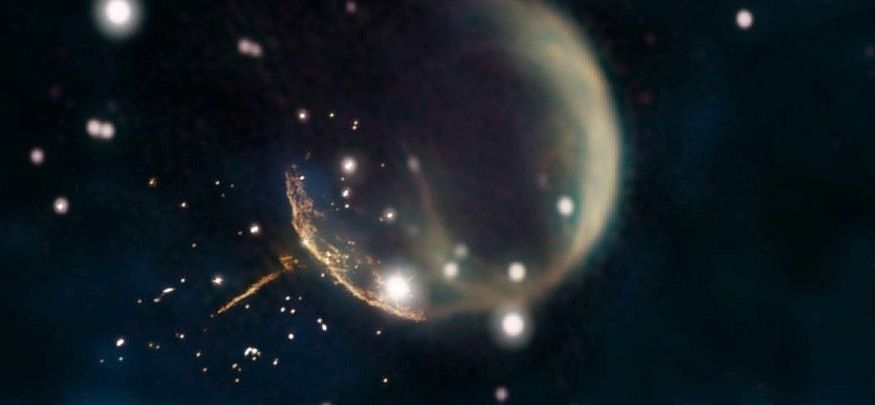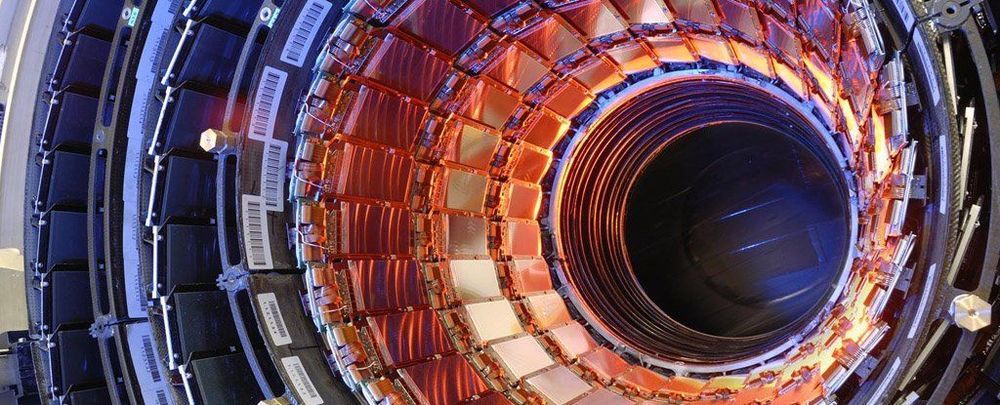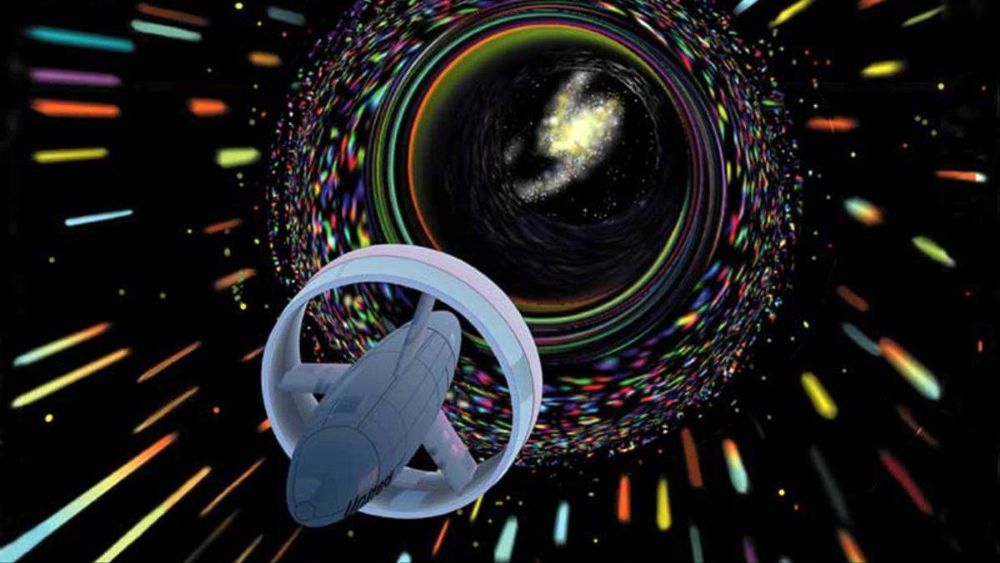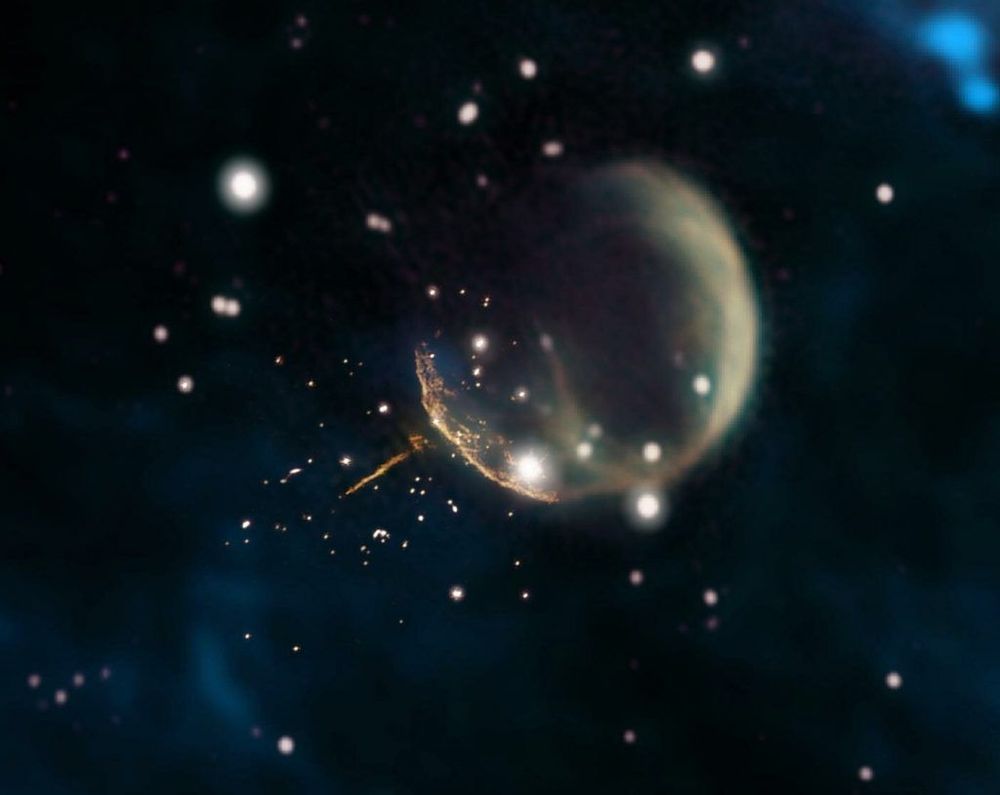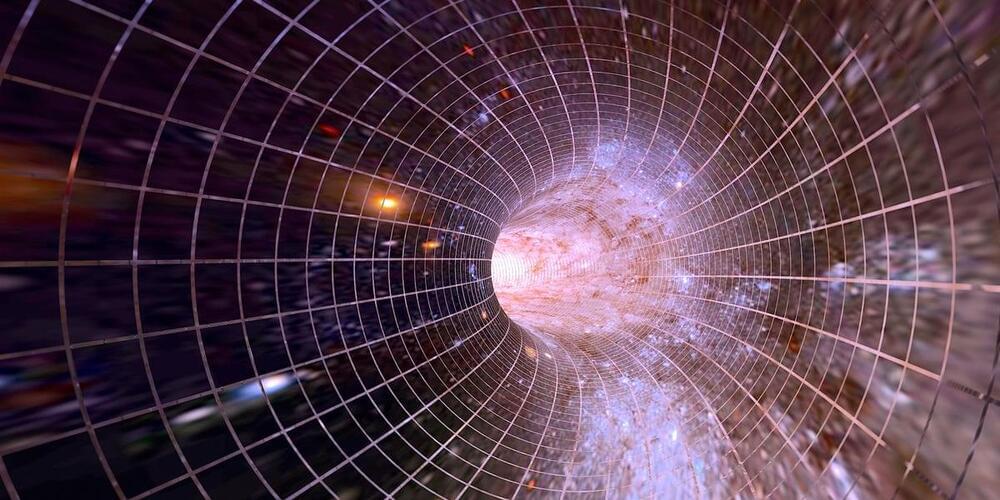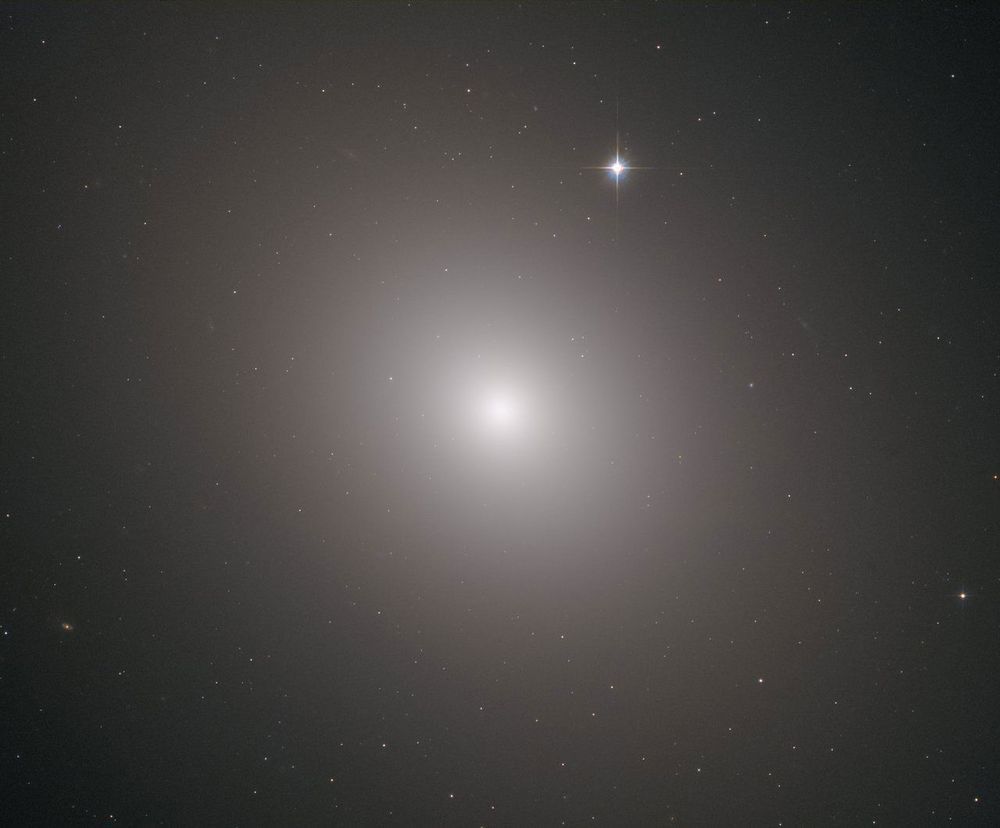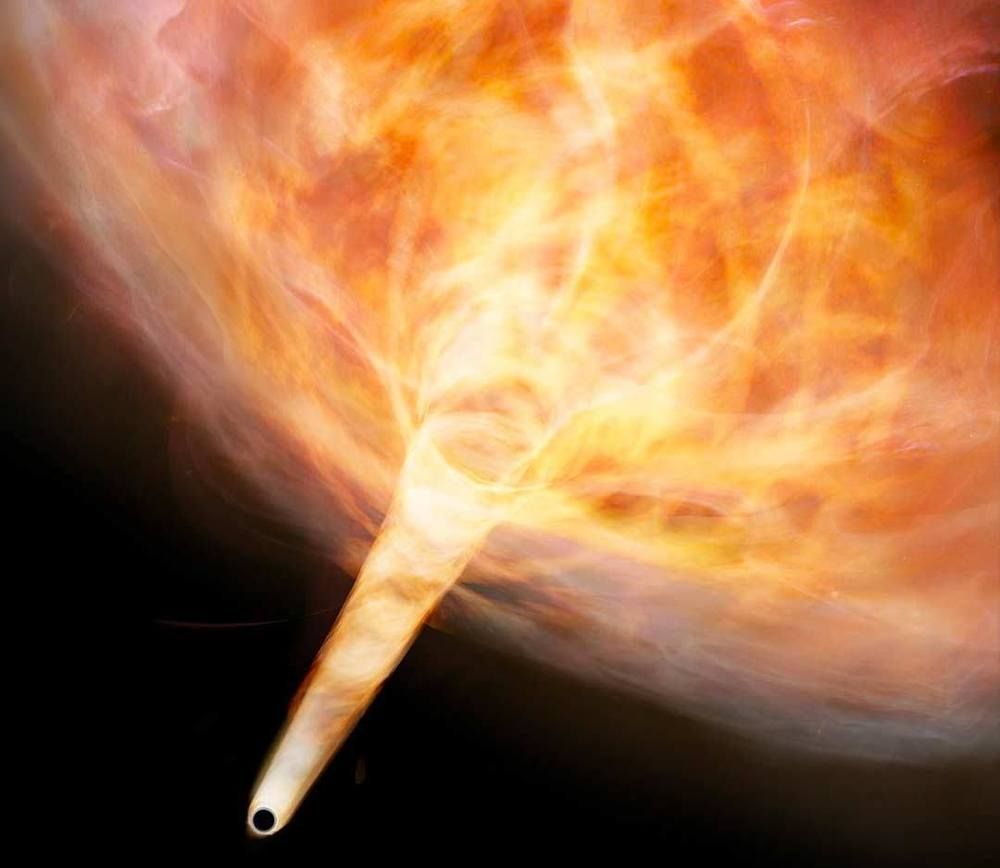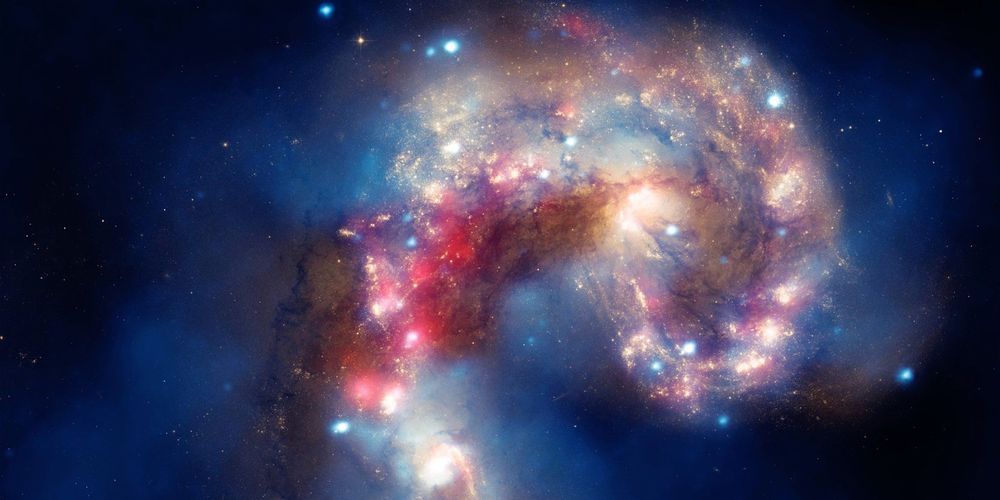Mar 24, 2019
Brazilian physicist Gleiser bags Annual Templeton Prize
Posted by Genevieve Klien in categories: climatology, cosmology, education, sustainability
WASHINGTON: The annual Templeton Prize, which recognizes outstanding contributions to “affirming life’s spiritual dimension,” was awarded Tuesday to Brazilian Marcelo Gleiser-a theoretical physicist dedicated to demonstrating science and religion are not enemies. A physics and astronomy professor whose specializations include cosmology, 60-year-old Gleiser was born in Rio de Janeiro, and has been in the United States since 1986. An agnostic, he doesn’t believe in God-but refuses to write off the possibility of God’s existence completely.
“Atheism is inconsistent with the scientific method,” Gleiser said Monday from Dartmouth College, the New Hampshire university where he has taught since 1991. “Atheism is a belief in non-belief. So you categorically deny something you have no evidence against.” “I’ll keep an open mind because I understand that human knowledge is limited,” he added. The prize is funded by the John Templeton Foundation-a philanthropic organization named after the American Presbyterian who made his fortune on Wall Street, and who set on “seeking proofs of divine agency in every branch of science”, as The Economist put it.
Gleiser joins Desmond Tutu, the Dalai Lama and dissident Soviet author Aleksandr Solzhenitsyn as recipients of the prize, first awarded in 1973. At £1.1 million, the prize money well surpasses that of the Nobels. The physicist focuses on making complex subjects accessible. He has written on climate change, Einstein, hurricanes, black holes, the human conscience-tracing the links between the sciences and the humanities, including philosophy.
Continue reading “Brazilian physicist Gleiser bags Annual Templeton Prize” »

